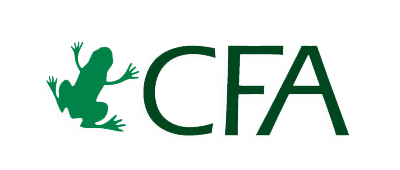Definition: Microfinance seeks to “provide financial services to households and micro-enterprises that are excluded from traditional commercial banking services.” (The World Bank, 2015). Often the beneficiaries of microfinance do not have assets or credit that allows access to traditional capital such as bank loans. Microfinance institutions (MFIs) are extremely diverse and include specialized organizations targeting agriculture, small enterprise development, or other specific areas. MFIs can be arms of larger banks, non-profit organizations, and even village based cooperatives. A successful microfinance model should address all three “sustainability criteria”; financial, social and environmental. One example of a reportedly successful microfinance model is the Village Savings and Loans Associations (VSLA) model which has been applied to support development in varying social and environmental contexts in Tanzania. Another example is the CAMBio project that has financed SMEs to integrate conservation of biodiversity into their business, products and services in 5 Central American countries (Forcella and Lucheschi, 2016).
